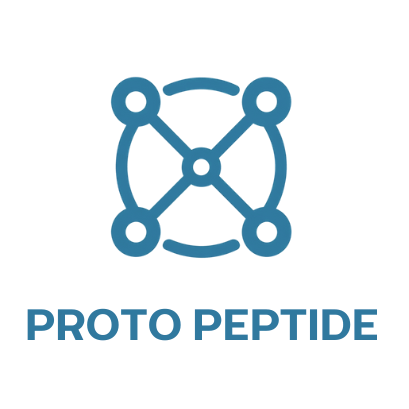Step-by-Step Peptide Reconstitution: Maximizing Integrity and Performance
Reconstituting peptides may seem straightforward, but taking a meticulous, step-by-step approach is key to preserving their activity and ensuring reliable lab results. Here's a detailed breakdown of how to properly reconstitute peptides for laboratory use.
Step 1: Choose the Right Solvent
Review your peptide’s datasheet to determine solubility. Use sterile water, acetic acid, or DMSO depending on the peptide’s hydrophilic or hydrophobic properties.
Step 2: Prepare a Sterile Workspace
Work in a clean, low-light, temperature-controlled environment. Use sterile gloves and instruments to prevent contamination.
Step 3: Add Solvent Gradually
Insert the solvent down the side of the vial to reduce agitation. Allow the peptide to dissolve naturally. Do not shake or vortex, as this can damage delicate peptide chains.
Step 4: Mix Gently and Aliquot
Gently swirl to ensure full dissolution. Immediately aliquot into small volumes and store at -20°C or below to prevent degradation from freeze-thaw cycles.
Step 5: Label and Document
Always label vials with date, concentration, and solvent used for reproducibility and traceability.
By following a systematic reconstitution method, you can maintain the biological activity of peptides and ensure the consistency of your research findings.
Disclaimer
This content is intended for informational and educational purposes only and is not intended to promote or sell any product. It is not a substitute for professional medical advice, diagnosis, or treatment. Always consult with a qualified healthcare provider before starting any new supplement or research compound. The statements provided have not been evaluated by the FDA or Health Canada and are subject to change as scientific understanding evolves.
